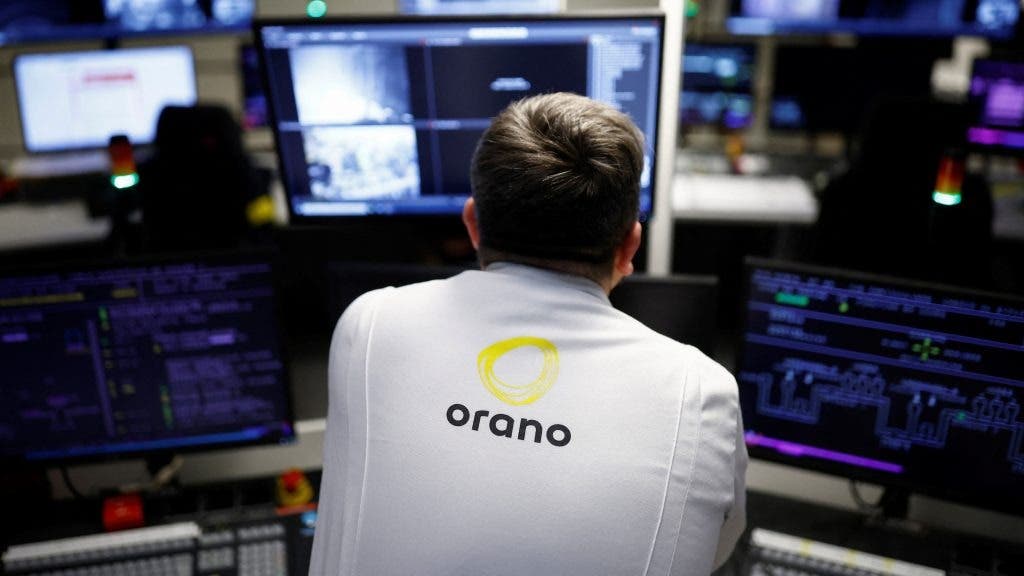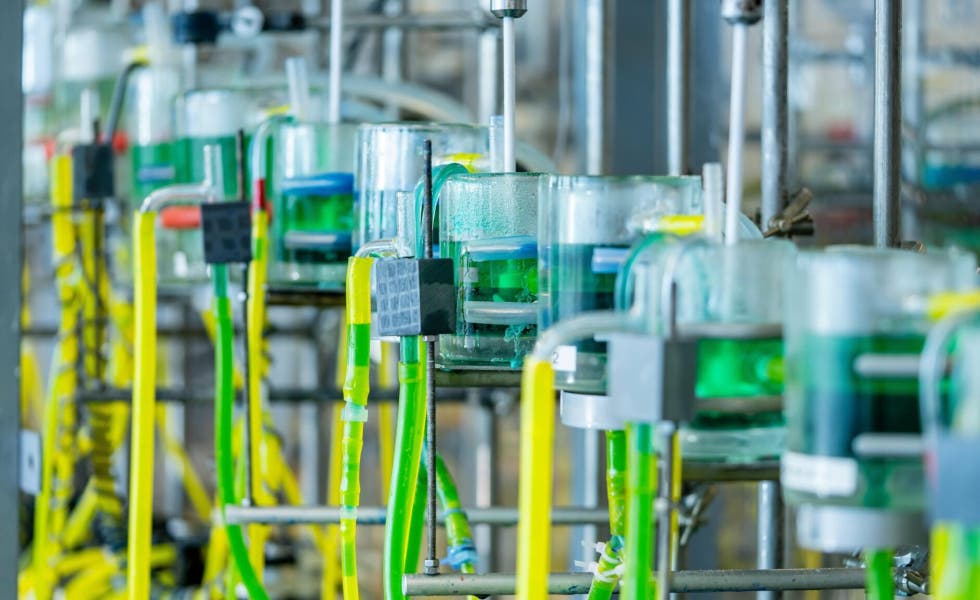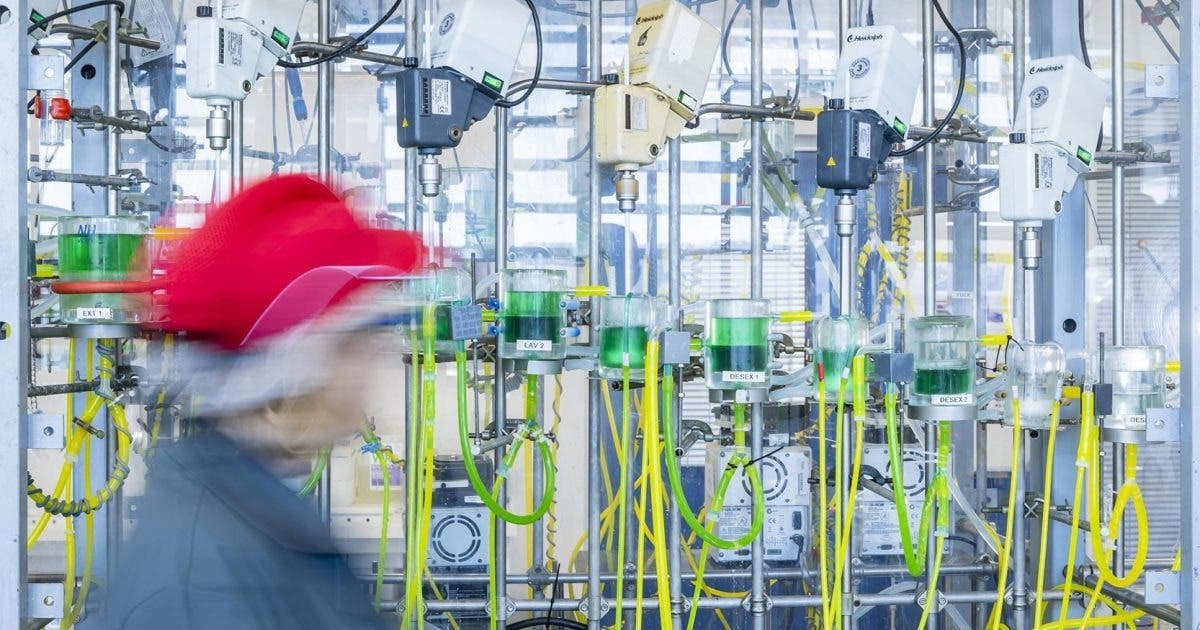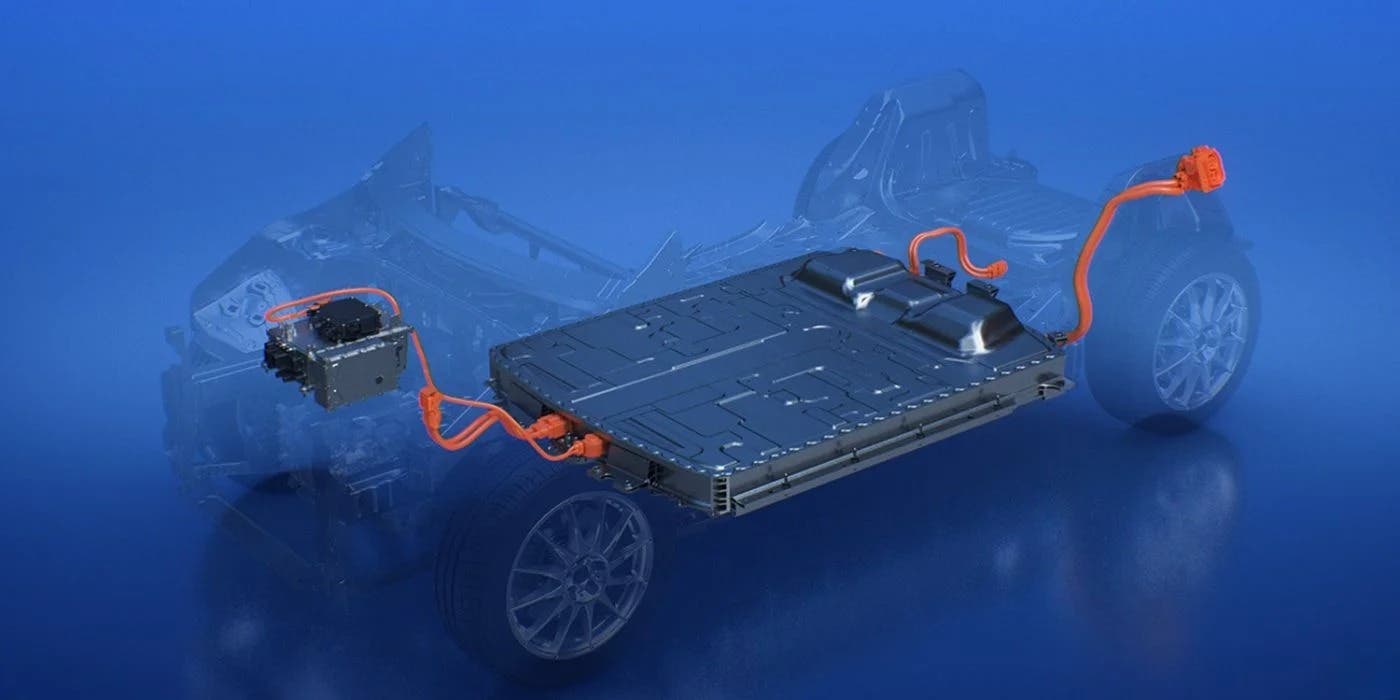So what was shaping up to be a major step toward increasingly sustainable electric mobility has come to an abrupt halt. The joint venture between Stellantis and Orano, announced with great enthusiasm in 2023 and intended to create a state-of-the-art factory for recycling electric vehicle batteries, has been abruptly halted
Stellantis and Orano’s decision to abandon the battery recycling joint venture project
This ambitious collaborative project between Stellantis and Orano to create a fully sustainable supply chain for recycling electric vehicle batteries has suffered a setback. Despite initial well-intentioned efforts and a preliminary agreement signed last October, the two companies have mutually decided to discontinue the joint venture. This move, which was officially announced Tuesday evening, puts an end to any hopes of seeing the emergence of a European pole of excellence for battery recycling, with consequent repercussions on the achievement of the automotive sector’s sustainability goals.
Orano and why it was involved in the project with Stellantis
As a reminder to the uninitiated, Orano is a French company that specializes in the nuclear industry, born in 2017 from a rib of nuclear power giant Areva. Its core business is in the nuclear fuel cycle, from mining to radioactive waste storage, with in-depth knowledge of the treatment processes of radioactive materials and heavy metals.

So, the reason it was involved in the project with Stellantis is that Orano has advanced skills in handling and processing radioactive materials and heavy metals, skills that can also be applied to the recycling of electric car batteries, as these contain precious metals such as lithium, cobalt, and nickel.

Project due to take place in 2026
Scheduled to come on line in 2026, the plant was to be a benchmark in the industry, dealing with a complex and delicate process: the complete recovery of all lithium battery components, the production of new cathode materials, and the reuse of the “black mass,” or metals extracted from spent batteries, destined to be further refined by Orano and reintroduced into the production cycle. In fact, other than refining the “black mass,” Orano could have contributed to the design of the recycling plant, waste management, and development of new battery treatment technologies. This ambitious project is in line with the principles of the circular economy and aimed at minimizing the environmental impact of the automotive industry.

Factors that may have influenced the decision to discontinue the project
While not explicitly explained in the press release, this decision – to abandon the joint venture project – could be attributable to a number of factors. These may include more in-depth economic assessments, changes in business strategies, or simply a difficulty in finding an optimal technical solution to deal with the complexities of the recycling process. Regardless of the specific reasons, it is clear that the path to a circular economy in the automotive sector is still long and winding.
A worrying sign in an already difficult context and the unknown of the future
It comes as the electric car industry is experiencing a slowdown. Sales of electric vehicles in Europe, after a period of strong growth, have fallen significantly in recent months, challenging the most optimistic forecasts. The reduction in government incentives and rising energy costs may have contributed to curbing demand.

In spite of the positive premises and statements of mutual esteem expressed by the two companies, the collaboration came to an unexpected halt. And as we said earlier, though then official reasons for this decision were not specified, it is possible to speculate that factors of an economic, strategic or related to the evolution of the electric battery market were behind it. Additionally, the discontinuation of the Stellantis-Orano joint venture raises questions about the future of battery recycling in Europe. The absence of an adequate infrastructure for battery disposal and reuse is one of the main obstacles to the development of environmentally sustainable electric mobility.

Waiting for new developments
There will be some interest to see whether the two companies will be able to find new forms of collaboration in the future or whether other industrial entities will be able to pick up the baton and pursue similar projects.
All that remains now, precisely, is to await further communication from Stellantis and Orano to better understand the reasons behind the termination of the joint venture. In the meanwhile, this news is like a bell ringer to the entire electric car industry, which will face increasingly complex challenges in achieving its ambitious decarbonization goals.

